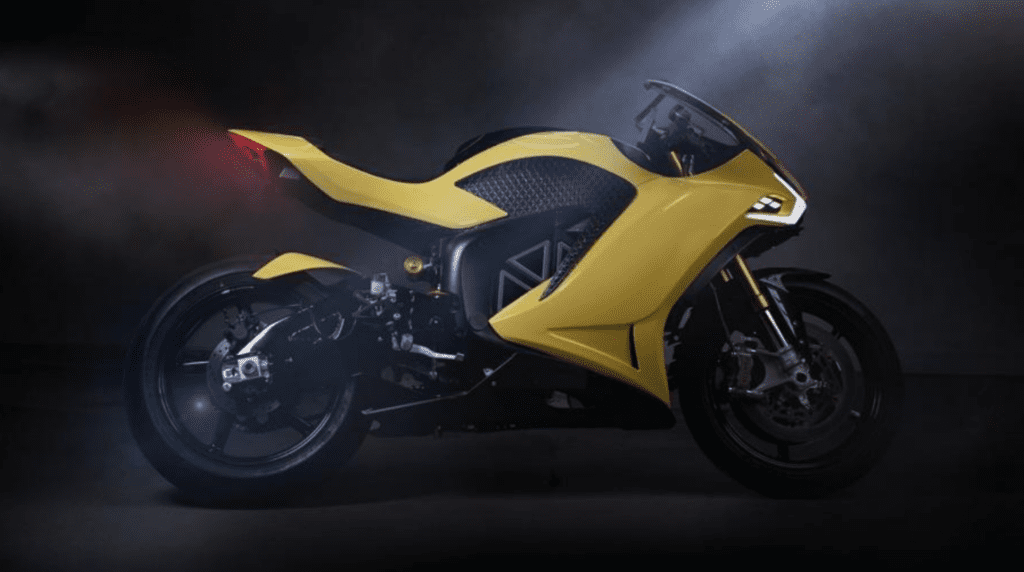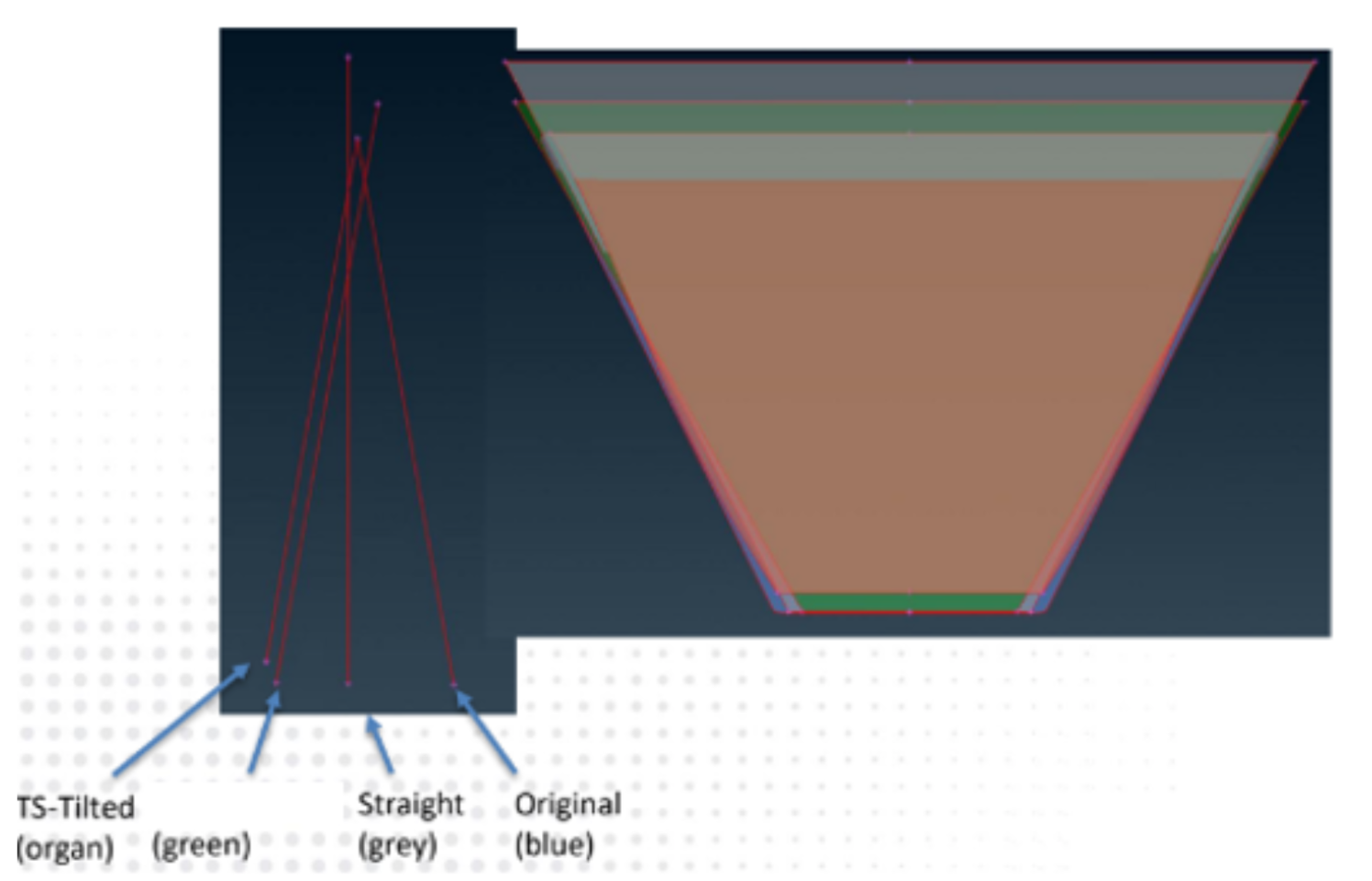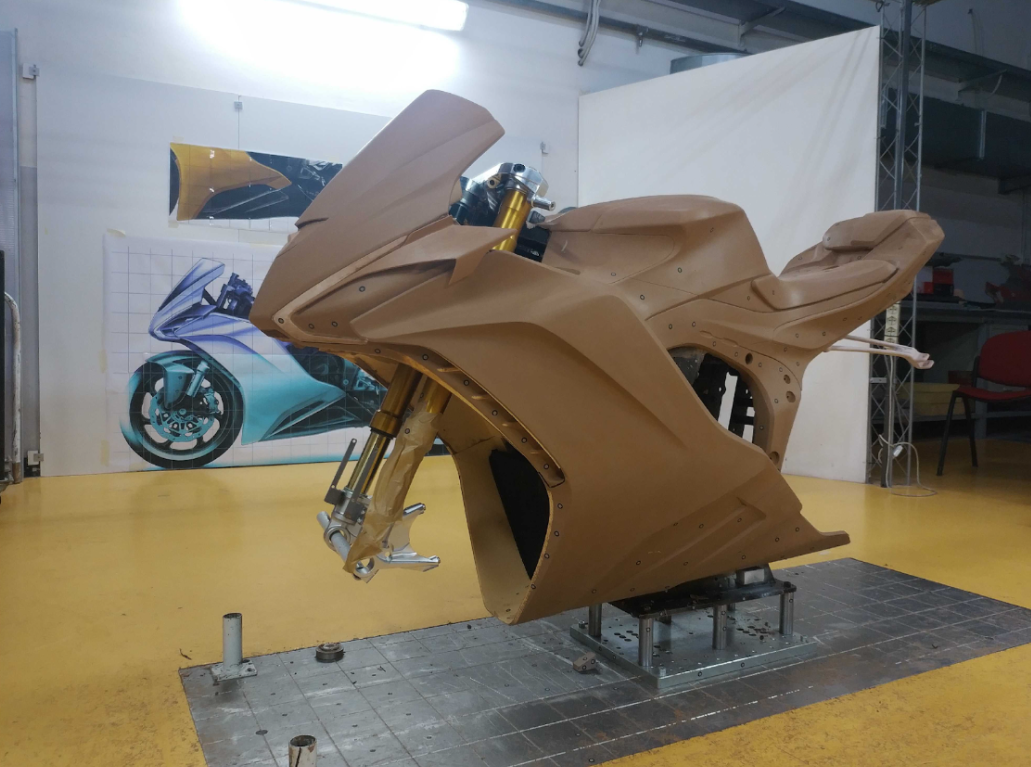TotalSim Uses CFD to Improve Aerodynamic and Cooling Features
The Situation:
The design and development process, along with the constraints of time and money, are always a challenge for startups - particularly in the realm of motor vehicle innovation. This specific electric motorcycle manufacturer is redefining the riding experience with their radical design and features, however, uncertainty still loomed around how their bike would perform in realistic conditions.
Client Challenge:
When an electric motorcycle manufacturer first approached TotalSim, they were just three months out from having to lock in their design. At this point there had been no aerodynamics or thermal analysis conducted on it. The engineering and design teams had a few different ideas for certain bike components, but they were in the dark about how those choices might impact aerodynamics. Plus, there were worries about whether the radiator was pulling in enough airflow to hit the cooling targets.

What TotalSim did:
TotalSim began by running a baseline analysis to look for areas of enhancement, then looped in the design team to share our insights and recommendations. We collaborated closely with their clay modelers throughout the whole process, and once the CFD simulation confirmed a specific part would enhance the bike’s performance, the clay modelers would update their styling model. Each update sparked fresh discussion and directions we continued to move forward.
Our initial analysis highlighted a significant performance gap in the radiator's output compared to their design targets. Leveraging CFD, we pinpointed an optimal relocation for the radiator, boosting its surface area to facilitate better airflow.



We also turned our attention to the windshield, exploring various concepts to reduce drag while enhancing rider comfort. One standout idea was the elongated windshield showcased in the images below. This adaptation notably improved rider comfort by deflecting high-energy airflow away from the rider's chest.

In the final stages of development, we delved into crafting a side wing for their performance package, geared towards generating downforce while minimizing drag. Our refinements to the initial wing design included fine-tuning its placement and experimenting with different shapes to optimize its performance.

Results:
By harnessing CFD, we played a pivotal role in assisting both their stylists and engineering teams in making informed design choices. Our analysis pinpointed opportunities for aerodynamic and cooling enhancements without sacrificing the aesthetic vision that the stylists had painstakingly crafted into the surfaces. This synergy not only expedited the development process but also streamlined the design cycle to just four months.
We hope to see this on the road one day!
Learn more about the ways TotalSim can help you overcome your aerodynamic challenges
*What is CFD?
Computational fluid dynamics (CFD) is a branch of fluid mechanics that uses computer numerical analysis and data structures to analyze and solve problems that involve fluid flows, typically solved on large supercomputers. Fluid mechanics plays a significant role in the engineering process when developing new designs. Analyzing the aerodynamic and thermal qualities of a product using experimentation is a well-established approach however experimentation can be costly, limiting, time-consuming, and difficult to execute especially on a large scale. Progression of computing power has allowed the field of CFD to prosper acting as a complement to physical testing and in some cases replacing it. CFD is the science of predicting fluid flow, heat transfer, mass transfer, chemical reactions, and other flow properties by solving governing fluid flow equations using numerical methods. Across the industry, CFD is routinely used to drive product development, troubleshoot issues, study and optimize new designs and concepts, and map performance. CFD methods are heavily used across many disciplines with motorsports being a leading proponent.
